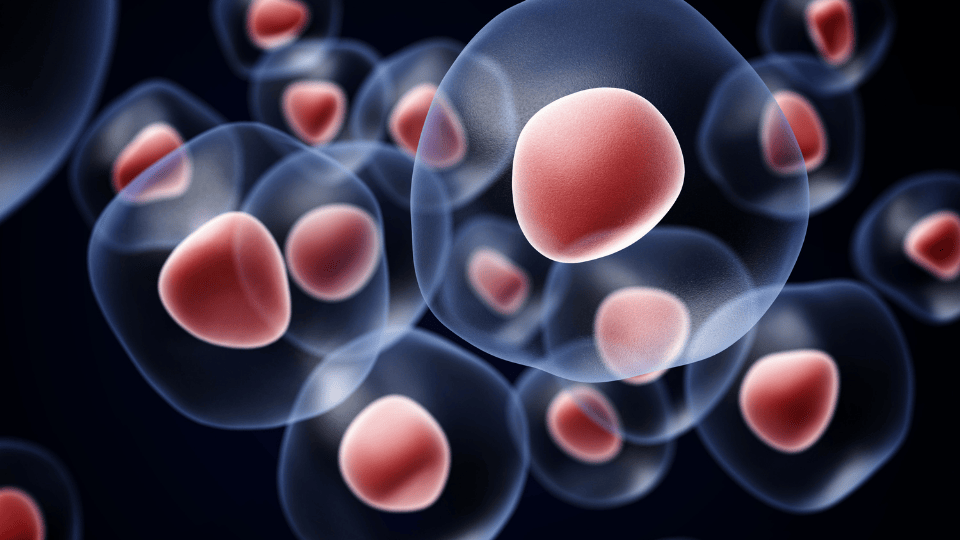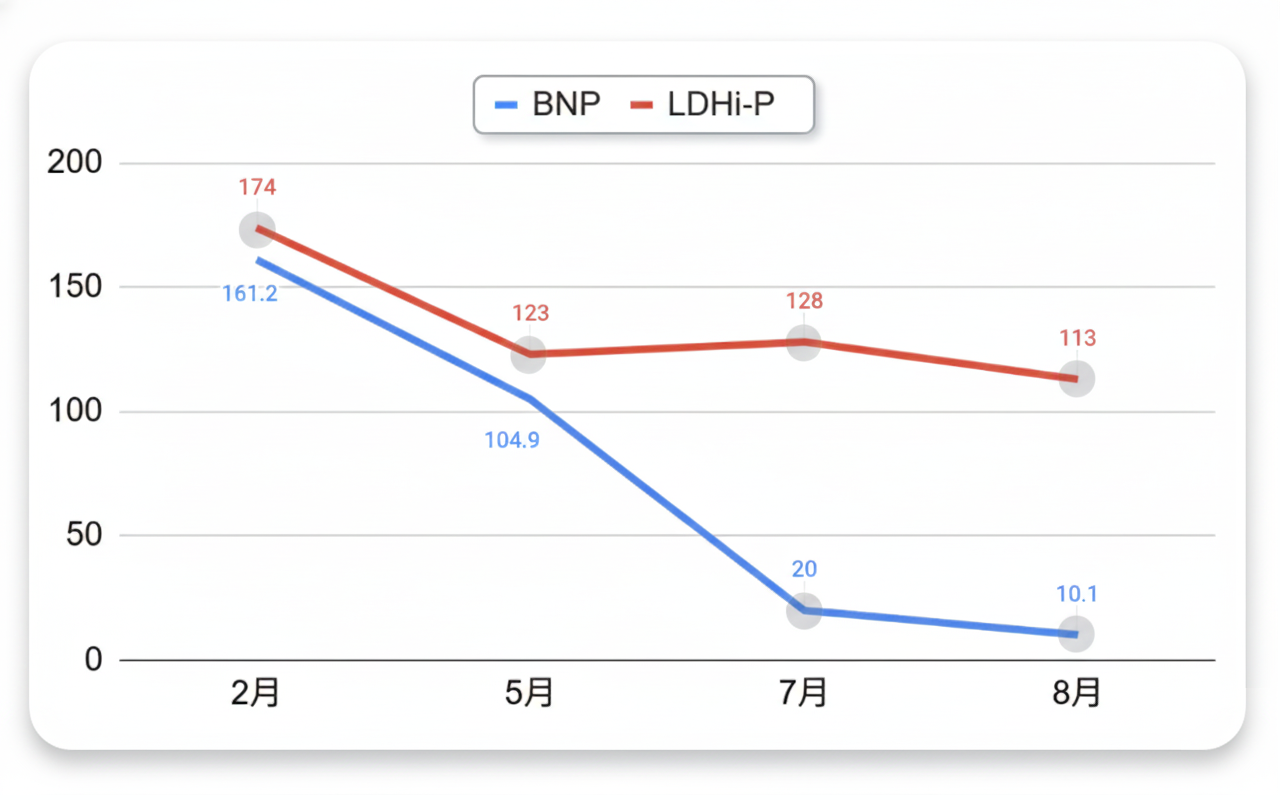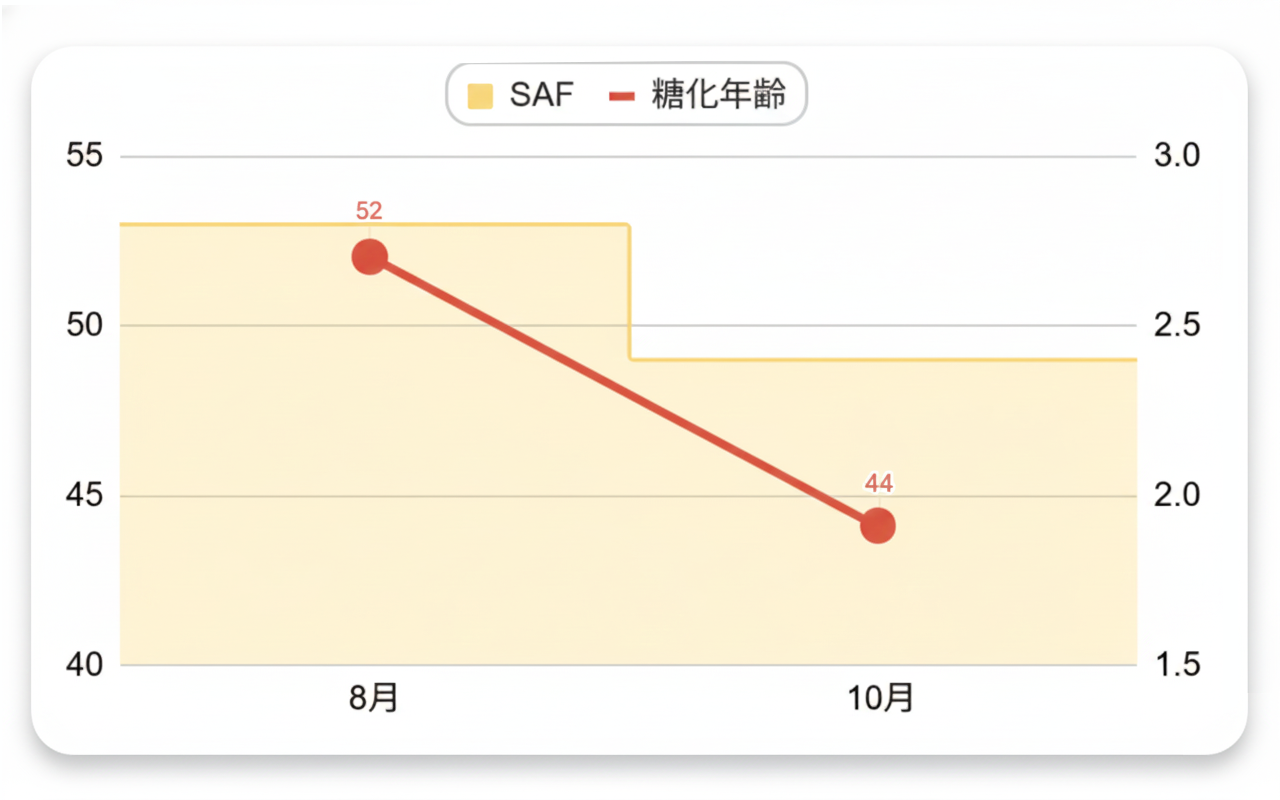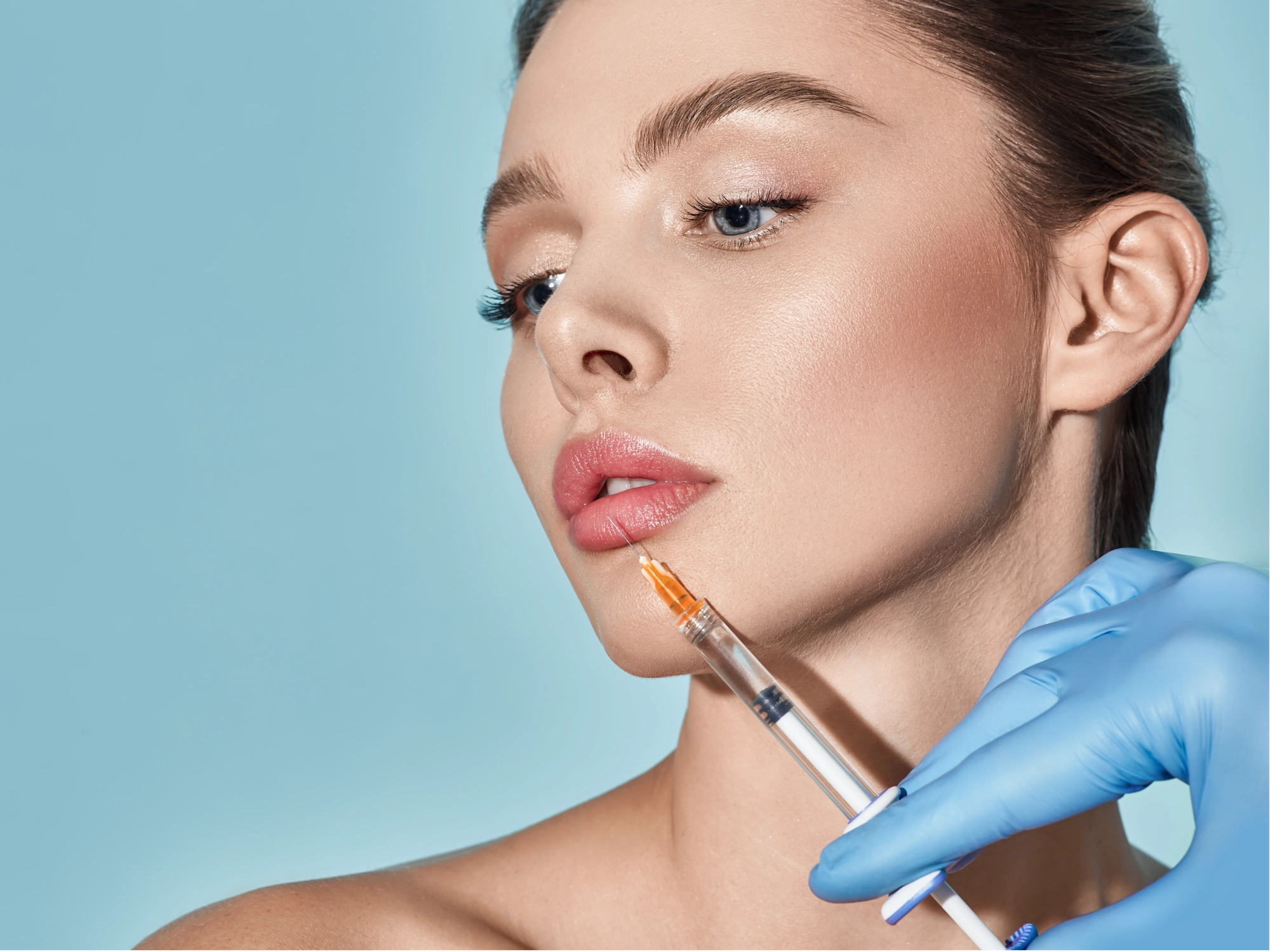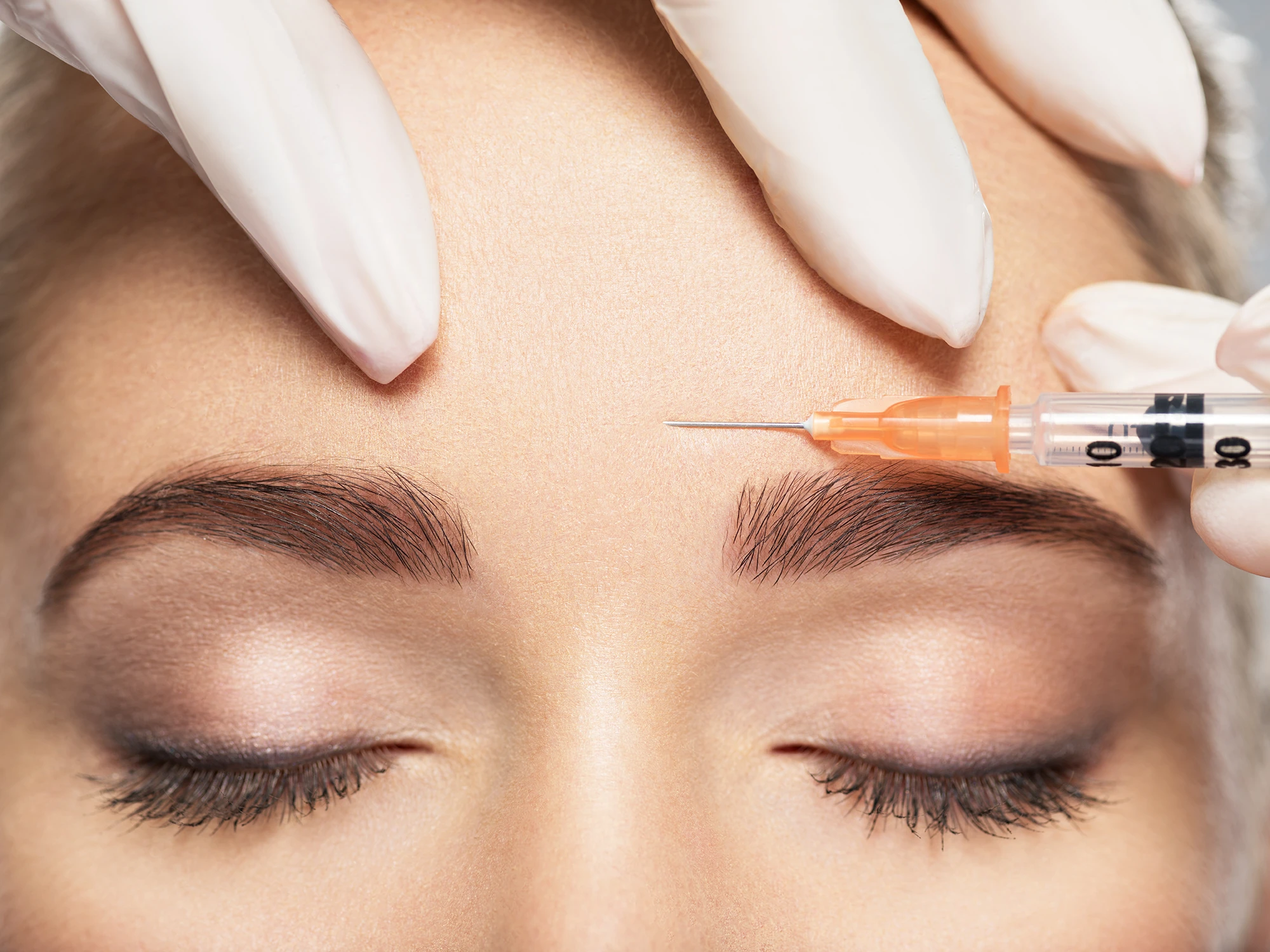What is Stem Cell Therapy?
Stem cell therapy is a type of regenerative medicine that involves harvesting stem cells from the patient’s own fat tissue, culturing them, and then administering them back into the body to promote tissue regeneration and repair. At Tokyo Relife Clinic, stem cells are separated from fat extracted from the abdomen, thighs, or buttocks (depending on the doctor's judgment) through a special process. After proliferation and activation, the stem cells are then administered into the body.
Since only the patient’s own cells are used, the risk of rejection is low, making this a highly safe treatment option. Stem cells have the ability to suppress inflammation and promote tissue regeneration. Therefore, not only can they restore function, but in the field of aesthetic medicine, they can rejuvenate the skin, improve wrinkles, and in the field of joint treatments, alleviate symptoms of osteoarthritis. This cell-level repair, which is difficult to achieve with traditional methods, has made stem cell therapy a cutting-edge medical technology that has gained significant attention in recent years.
Ideal For The Following Concerns
- Chronic pain
- Cerebrovascular disorders
- Diabetes
- Menopausal disorders
- Frailty treatment
- Liver damage treatment
- Knee joints and osteoarthritis
- Limb muscle, tendon, and ligament injuries
- Skin regeneration
- Arteriosclerosis
- Hair regeneration
- Erectile dysfunction
- Immune deficiency
Case
Legal Framework and Certification for Regenerative Medicine by Japan's Ministry of Health, Labour and Welfare
In Japan, the "Act on the Safety of Regenerative Medicine" (Safety Assurance Act) was enacted in 2014 to ensure the safety and efficacy of regenerative medicine. Tokyo Relife Clinic complies with this law and, after undergoing the Ministry of Health, Labour and Welfare's rigorous review, has obtained approval for 8 cases of Category 2 regenerative medicine plans as of March 2025.
※In order to provide regenerative medicine in Japan, medical institutions must undergo strict evaluations according to the nature of the treatment. Additionally, stem cell-based treatments can only be conducted at facilities that meet the standards of the Safety Assurance Act set by the Ministry of Health, Labour and Welfare. Furthermore, in accordance with the Pharmaceutical and Medical Device Act (PMD Act), approval for specific regenerative medicine products is also required, ensuring that regenerative medicine provided in Japan is carried out under high safety standards.
What are Stem Cells?
Stem cells are specialized cells that have the ability to divide and proliferate, and can differentiate into various types of cells.
The two main characteristics of stem cells are "self-renewal ability" and "multidifferentiation ability." "Self-renewal ability" refers to the capacity of stem cells to continuously generate identical stem cells, while "multidifferentiation ability" refers to the capacity to differentiate into various types of cells depending on specific environmental conditions. In other words, stem cells can differentiate into cells of diverse tissues such as skin, muscle, cartilage, blood vessels, and nerves. Stem cells play an important role in repairing damaged tissues and generating new cells within the body. Since the establishment of legal frameworks in Japan in 2014, stem cells have been widely used in regenerative medicine, functional recovery, and anti-aging treatments as an innovative therapeutic method.
Why Stem Cell Therapy?
Aging is said to be caused by various factors such as "oxidative stress," "telomere shortening," "reduction in stem cells," and "chronic inflammation." These causes, either individually or combined, accelerate the aging process. In particular, stem cells, which should normally repair damaged cells, decline in function with age. While newborns have about 100 million stem cells, this number decreases to 10% in teenagers, further drops after the age of 30, and by the age of 50, only 1/40 remains, and by the age of 80, it reduces to just 1/200.
Furthermore, as we age, the decline in function and the delayed repair of tissues lead to the gradual deterioration of organ functions, as well as the loss of skin elasticity and joint degeneration. Stem cell therapy aims to counteract these aging mechanisms by replenishing the supply of stem cells, helping to maintain a youthful state.
Common Challenges in Regenerative Medicine Treatment
■Lack of Scientific Evidence
Some clinics perform treatments without scientific evidence due to a lack of specialized knowledge.
■Unclear Treatment Effects
The criteria for evaluation are subjective, making the effectiveness unclear.
■Unclear Quality and Quantity of Cells Administered
There are no objective standards for assessing the cells administered, making it difficult to maintain consistent quality.
Solutions to Challenges that Only Tokyo Relife Clinic Can Offer
■Evidence-based Treatment
With the integration of medical facilities and research labs, we can conduct clinical research and quickly implement the results in the clinical setting, making evidence-based treatment possible.
■Proving Treatment Effects with Testing
As the first medical institution in Japan to introduce iScan, we perform epigenetic clock testing. This allows us to test the cellular aging process at the DNA level and verify the effectiveness of stem cell therapy. Additionally, a personalized treatment plan can be proposed based on the cell condition.
■Testing of Cells Before Administration
By having an in-house cell culture facility, cells can be cultured and administered with a single freeze, preventing degradation from freezing. Furthermore, the cultured cells are activated before administration and undergo various safety tests, ensuring both the quality and quantity of the cells.
Types of Stem Cells Used in Stem Cell Therapy and Their Safety
In stem cell therapy, the primary type of stem cell used is Mesenchymal Stem Cells (MSC). Mesenchymal stem cells are found in bone marrow, fat, and the umbilical cord, and have the ability to differentiate into various types of cells, including bone, cartilage, muscle, blood vessels, and skin. In particular, mesenchymal stem cells derived from fat are easy to harvest and have a high proliferation ability, making them increasingly used in regenerative medicine. Additionally, using autologous tissue-derived stem cells reduces the risk of rejection and immune abnormalities. In Japan, stem cell therapy is performed under the strict standards of the Ministry of Health, Labour and Welfare, ensuring the safety of the treatment.
Procedure Flow
1.Consultation & Examination: Confirm the patient’s health condition and treatment objectives, determine suitability, and decide the number of stem cells to be administered.
2.Fat Harvesting: Local anesthesia is applied, and a small amount of fat is harvested from the abdomen (or thighs or buttocks).
3.Suturing: The wound is treated and protected with a gauze dressing. No stitches are required to be removed.
4.Stem Cell Isolation & Culturing (6 to 8 weeks): Stem cells are extracted from the fat and cultured for a set period.
5.Stem Cell Administration: Stem cells are adnimistered into the body via an intravenous infusion.
6.Aftercare: Follow-up observation is conducted to assess the treatment effects.
Required Procedure Time
・From reception and counseling to fat harvesting, it takes about 2 hours
・Culturing period: 6 to 8 weeks
・Stem cell infusion takes approximately 60 to 120 minutes
Interval Between Stem Cell Infusions
At Tokyo Relife Clinic, especially for treatments aimed at cell regeneration, we recommend performing an infusion every 3 months during the initial stages of treatment to promote cell attachment and stability within the body. After 3 infusions, the attachment of the cells is expected to stabilize, and thereafter, infusions are recommended once every 6 months to a year, in consultation with your doctor.

Precautions for Stem Cell Therapy
Before Fat Harvesting
・Please consult your doctor regarding any medications you are taking. Some medications may affect the treatment.
・Avoid alcohol consumption the day before and smoking on the day of the procedure.
・Maintain a balanced diet → It affects the proliferation and activation of stem cells.
・There are no dietary restrictions the day before fat harvesting, but please keep your meal light on the day of the procedure.
・There are no restrictions on drinking water on the day of fat harvesting.
・Prior to fat harvesting, blood tests, infection screening (HBV, HCV, HIV, HTLV, syphilis), urine tests, and body composition tests will be performed.
・If you are taking anticoagulants, please inform us in advance.
・For postoperative observation, we will take photos of the wound. If you do not agree to this, appropriate measures may not be taken after the procedure. Please be aware of this in advance.
After Fat Harvesting
・Please avoid alcohol and smoking on the day of the procedure.
・Immediately after the procedure, the wound will be protected with sterile tape and waterproof tape, with thick gauze and tape, and abdominal bandage applied to compress and secure the wound. To prevent bruising, the thick gauze and abdominal bandage should not be removed until the morning of the following day. The waterproof tape should be removed the day after surgery.
・If the sterile tape comes off, please apply brown tape. Daily replacement is not necessary, but replace it when it starts to peel off. It is recommended to continue replacing it for about three months for optimal wound healing.
・You can shower on the day of surgery, but please avoid getting the gauze wet. From the next day onward, you can shower as usual.
・Please avoid bathing for one week after the procedure.
・For infection prevention, please take antibiotics for two days starting from the day of surgery.
・If you experience pain, take the prescribed painkillers. You can take them up to three times a day, with at least six hours between doses.
・The condition of the wound will be checked during the first stem cell infusion.
・Please refrain from vigorous exercise for two weeks after surgery.
・If you have a fever over 38.0°C for more than two days or if there is excessive exudation from the wound, please contact us.
After Stem Cell Infusion
・Starting on the third day after surgery, you may take a shower as long as a waterproof dressing is securely in place.
・Within the first week: avoid smoking and drinking alcohol, and make sure to stay well-hydrated.
・To prevent interference with stem cell engraftment, avoid intense physical activity for two weeks.
・To prevent excessive stimulation of the immune system, please be cautious of colds and infections.
・Regular follow-up visits are required to confirm the treatment's effects.
The following individuals are not suitable for stem cell therapy:
・Individuals with active cancer or malignant tumors
→For those with a history of cancer, a doctor's careful evaluation is necessary.
・Individuals with active infections
→Stem cell therapy is unsuitable for those with bacterial or viral infections (e.g., HIV, tuberculosis, hepatitis) as the immune system may be unstable.
・Individuals with severe autoimmune diseases
→When the immune system is overly reactive, stem cell therapy may not be effective.
・Pregnant or breastfeeding women
・Individuals with severe liver or kidney disease
→Stem cell therapy may affect metabolism and excretion, making it unsuitable for these individuals.
・Individuals with extreme allergic tendencies (allergy to the administered substances)
→There is a possibility of an allergic reaction to the culture medium or components used in the treatment.
Individuals who require prior consultation with a doctor:
・Individuals with severe diabetes or hypertension
・Elderly individuals (75 years and older)
・Individuals with blood clotting disorders or those taking anticoagulants
